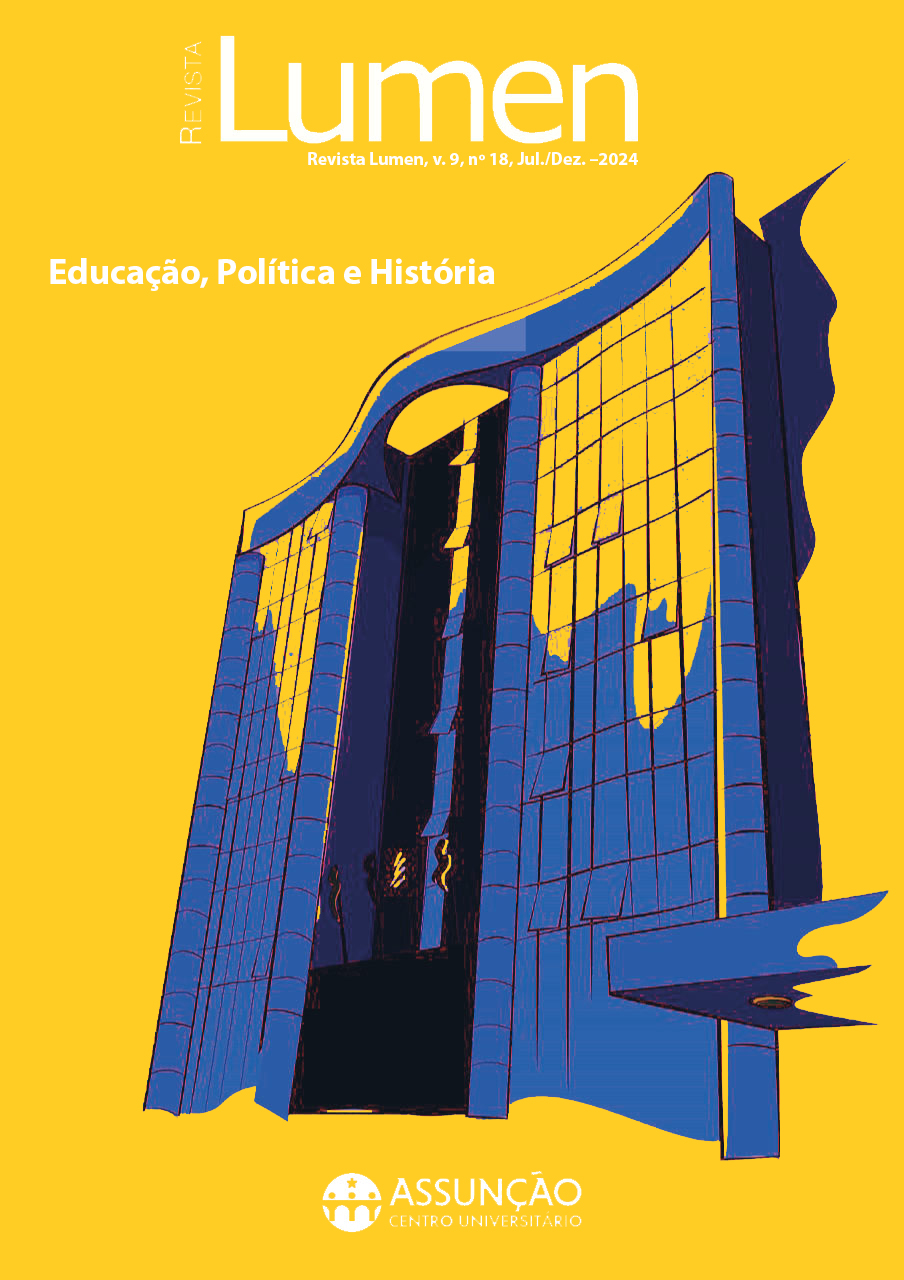Salafi-jihadists and the distant enemy
DOI:
https://doi.org/10.32459/2447-8717e291Keywords:
Terrorism, Ideology, Salafi-Jihadis, Jihad, al QaedaAbstract
The reasons that lead a person to join a particular Salafi-Jihadi Group (SJG) are investigated in this paper. The author aims to understand the relationship between religious terrorism and Islamist ideology, and to this end, he proposes to study the concept of terrorism, the Salafi movement, Salafi-jihadis, the ideology of al Qaeda, and the attitude of that organization towards the USA. The hypothesis initially raised, that the ultimate reason for a person to join al Qaeda is their ideology, is confirmed. The ideological factor is the main reason for joining the global jihad undertaken by al Qaeda.
Downloads
Metrics
References
ARMSTRONG, Karen. Campos de Sangue: religião e a história da violência. São Paulo: Companhia das Letras, 2016.
BARFIELD, Thomas. Afghanistan: a cultural and political history. Oxford: Princeton University Press, 2023.
CARRIERE, Kevin R.; GARNEY, Georgia; MOGHADDAM, Fathali M. Terrorism as a form of violence. In: VAZSONYI, Alexander T.; FLANNERY, Daniel J; DELISI, Matt (org.). The Cambridge Handbook of Violent Behavior and Aggression. 2. ed. Cambridge: Cambridge University Press, 2018. cap. 33: p. 626-644.
DINIZ, Eugenio. Compreendendo o fenômeno do terrorismo. [S. l.; s. n.], 2002.
DEPARTMENTS OF THE ARMY AND THE AIR FORCE. FM 100-20/AFP 3-20. Washington D.C.: Departments of the Army and the Air Force, 1990.
FATWA. In: Oxford Reference. Oxford: Oxford University Press, 2023. Disponível em: https://www.oxfordreference.com/search?q=fatwa&searchBtn=Search&isQuickSearch=true. Acesso em: 13 jun. 2023.
HOFFMAN, Bruce. Inside terrorism. New York: Columbia University Press, 2017.
IBRAHIMI, Yaqub S. Violence-producing dynamics of fragile states: how state fragility in Iraq contributed to the emergence of Islamic State. Terrorism and Political Violence, v. 32, p. 1245-1267, 2018. Disponível em: https://www.tandfonline.com/doi/full/10.1080/09546553.2018.1463914. Acesso em: 12 jun. 2023.
KATON, Alexa et al. A Qualitative analysis of drivers among military-affiliated and civilian lone actor terrorists inspired by jihadism. Studies in conflict & terrorism, London, v. 44, n. 2, p. 138-155, 4 ago. 2020.
MAZARR, Michael J; SNIDER, Don M.; BLACKWELL JUNIOR., James A. Desert storm: the gulf war and what we learned. New York: Routledge, 2018.
MORAN, Andrew. Terrorism. In: HOUGH, Peter; MALIK, Shahin; MORAN, Andrew et al (org.). International security studies: theory and practice. New York: Routledge, 2015. cap. 11: p. 150-163.
QUIGGIN, Tom. Understanding al-Qaeda’s ideology for counter-narrative work. [S. l.: s. n.], 2009.
UNITED STATES OF AMERICA. United States Code, Title 22, chapter 38, Section 2656f. Annual country reports on terrorism. Washington, DC: Office of the Law Revision Counsel of the United States House of Representatives, 2023. Disponível em: https://uscode.house.gov/view.xhtml?req=granuleid:USC-prelim-title22-section2656f&num=0&edition=prelim. Acesso em: 11 jun. 2023.
WAGEMAKERS, JOAS. Salafism. Cambridge: Cambridge University Press, 2016. Disponível em: https://oxfordre.com/religion/display/10.1093/acrefore/9780199340378.001.0001/acrefore-9780199340378-e-255;jsessionid=A57D4E5AC13202E745A1AE45B313162A. Acesso em: 02 jun. 2023.
WELCH, Jacob. Reflections on Soviet Intervention in Afghanistan: The United States’ Aid to the Mujahadeen and the Jihad against the Soviets. In: BATTS, Kara et al. Historia. Charleston: Eastern Illinois University, 2013. cap. 16, p. 167-179.
WIKTOROWICZ, Quintan. A genealogy of radical islam. Memphis: [s. n.], 2016.
Downloads
Published
Issue
Section
License
Copyright (c) 2025 Revista Lumen - ISSN: 2447-8717

This work is licensed under a Creative Commons Attribution 4.0 International License.
O periódico Revista Lumen utiliza a licença do Creative Commons (CC), preservando assim, a integridade dos artigos em ambiente de acesso aberto. A revista permite que o autor retenha os direitos de publicação sem restrições.











